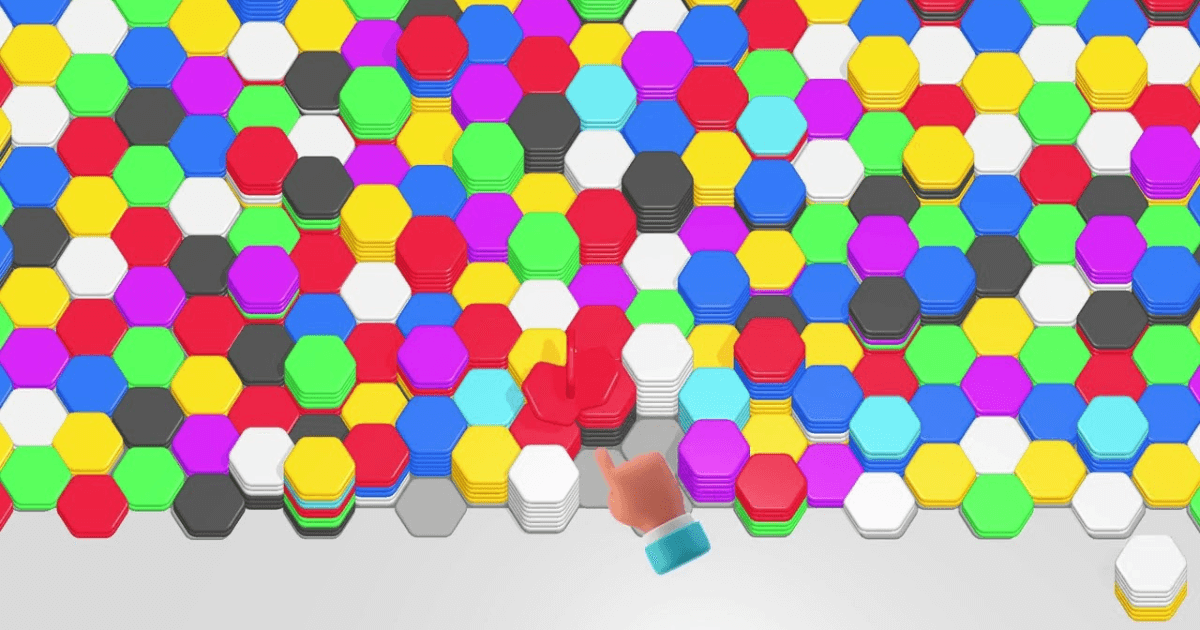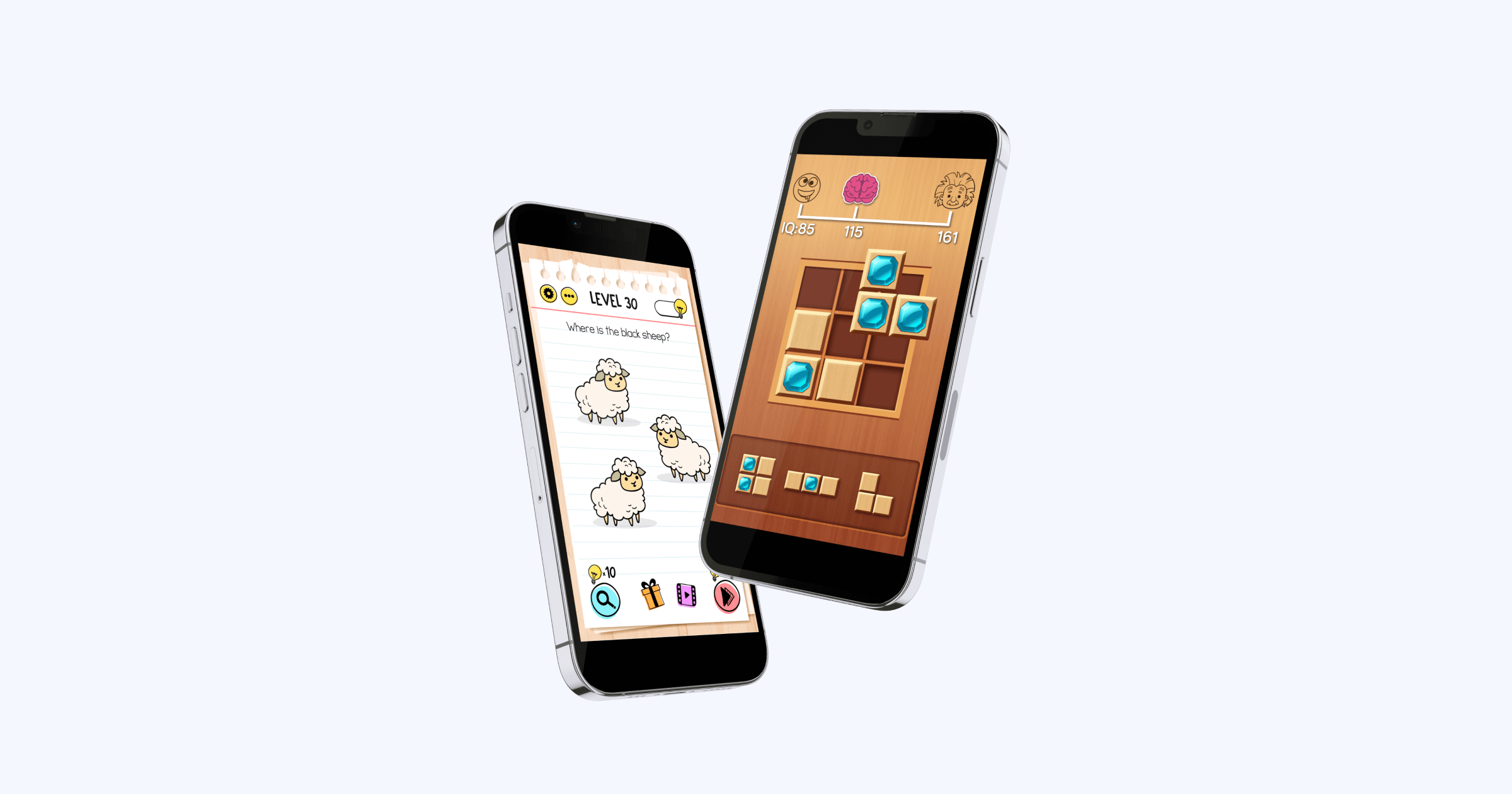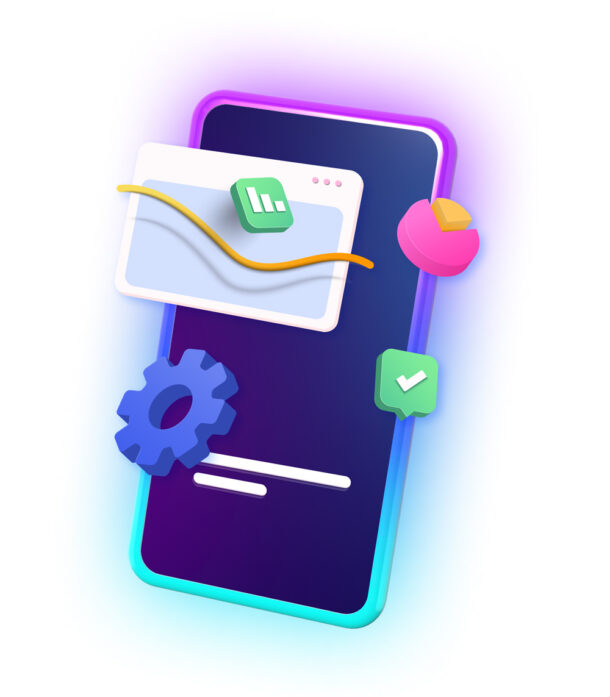Google Play has recently announced some big changes to its advertising policy. The new policy goes into effect on September 30th, 2022, and game developers need to prepare for it in time.
Especially hyper-casual developers.
From the looks of it, hyper-casual games will take the biggest hit from these updates.
What will the new Google Play ad policy look like? What’s changing for mobile game developers? How will this affect hyper-casual game monetization?
Here’s everything you need to know.
Old vs. New Google Play Ad Policy
The Google Play store is flooded with app reviews describing poor ad experiences.
Some of the users’ most common complaints are disruptive ads, ads that cannot be closed, etc. These ads frequently lead to accidental clicks, and consequently a frustrating user experience.
With the new Google Play ad policy, things should change in the users’ favor.
According to Google, this ad policy was created to ensure that users have high-quality experiences with apps from their app store. The updates are mainly directed at disruptive interstitial ads.
You may be thinking – wasn’t this always unallowed?
Technically, yes, but without clearly defined boundaries.
The old ad policy described disruptive ads as “ads that are displayed to users in unexpected ways, that may result in inadvertent clicks, or impairing or interfering with the usability of device functions.”
It didn’t get more specific than this.
However, in the new policy, Google gives precise examples of policy violations and leaves no room for confusion.
The New Google Play Ad Policy: Main Updates
The new ad policy explicitly bans developers from using:
- All types of interstitial ads that appear unexpectedly when the user has selected to do something else (including video, static, GIF, playable ads)
- Ads that show up during gameplay (eg, start of a level) or at the start of a content segment
- Video interstitial ads that pop up before the app’s loading screen
- Interstitial ads that can’t be closed after 15 seconds (doesn’t apply to rewarded video ads)
Image 1: Ad that pops up during gameplay. Image 2: Ad that doesn’t allow users to close it within 15 seconds. Source: Google
All of these updates apply to interstitials – ads that appear suddenly and take over the users’ entire screens.
The good news?
The policy doesn’t apply to ad formats that don’t interfere with the UX. For example, banner ads that don’t take up the whole screen.
These changes don’t affect opt-in ads like rewarded video ads either. Since users voluntarily engage with these ads, they aren’t considered disruptive.
Examples of Violations in Hyper-Casual Games
Right now, almost every hyper-casual game violates the new Google Play ad policy.
No, we’re not exaggerating.
Here are some examples of policy breaches.
Ads That Appear after Users Tap a Button
Examples of ad placements triggered by users tapping a button (Count Masters, Helix Jump)
This is one of the most popular ad placements in hyper-casual games.
It usually goes like this.
The player launches a new game. They play the first couple of levels with no ads, but after they tap the “start” button to enter the next level, an interstitial ad appears. Next thing they know, this happens before almost every new level.
Here’s another example.
The user has just finished a level and wants to check out their in-game profile. The moment they tap the “profile” section, an ad appears.
In both of these cases, the users tap buttons because they want to take action (play level, check out profile). Their intentions are clear, but they get interrupted by a surprising ad.
With the new policy, this common practice will no longer be allowed.
Ads That Can’t Be Closed Quickly
When an interstitial ad appears on the users’ screens, a lot of them focus on finding the “close” button.
Luckily, most hyper-casual developers allow users to exit ads in a matter of seconds.
Even though it’s rare, there are games with ads that display the “close” button late. Or even worse, before the actual button, there is a fake one.
Up to now, Google’s ad policy only said that ads needed to be “easily dismissible without penalty”. However, it was never specified exactly WHEN this should happen.
Now, it’s been made clear that the close button must be clickable within 15 seconds.
Ads That Appear During Gameplay
This is another practice that has been on Google’s no-no list for a long time.
Every hyper-casual developer knows that interstitial ads should appear in natural gameplay breaks, not during gameplay.
Yet, once again, Google has highlighted that ads can’t appear after players have started playing a level. Obviously, there are still developers who try to do this.
What Does This Mean for Hyper-Casual Developers?
Interstitial ads are the bread and butter for hyper-casual games. Therefore, it’s not surprising that many developers fear these changes.
There is no room for panic.
Out of all these changes, only one will have a significant impact on developers — no ads after tapping a button that doesn’t indicate the launch of an ad. Everything else on the list has been frowned upon or even forbidden for a long time.
More End-Of-Level Ads
This popular ad placement for hyper-casual games is left intact by the changes. Developers will still be able to display ads after levels.
As a result, we can expect that more and more developers will replace their “after-tap” ads with end-of-level ads.
More Rewarded Video Ads
As we mentioned earlier, rewarded video ads haven’t been affected by the new policy.
For this reason, they might become even more desirable. We predict that games that still don’t have them will add them, while others will include even more rewarded video placements on top of the existing ones.
Potential for Better Retention and LTV
Hyper-casual games aren’t widely known for high retention and lifetime values.
However, the new Google Play ad policy may positively impact both.
Even though it will probably have a negative impact on short-term revenues, it should improve user experiences. Consequently, this could keep players in games for longer and increase their total worth.
Final Thoughts on the New Google Play Ad Policy
There are a lot of negative comments surrounding the upcoming Google Play ad policy. Some even say it will kill hyper-casual games.
We wouldn’t go that far.
Still, smaller developers will probably have a harder time adapting to these changes than big studios. Therefore, the sooner you prepare for the change, the better.
If you would like some help with that, feel free to contact MAF. We are experts in mobile games, and hyper-casual games are our main focus!







